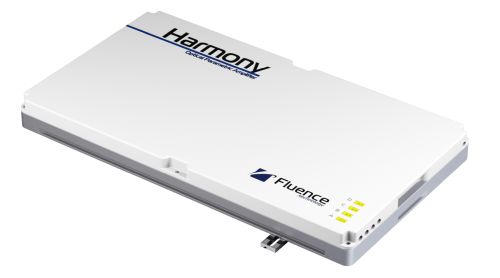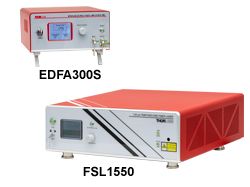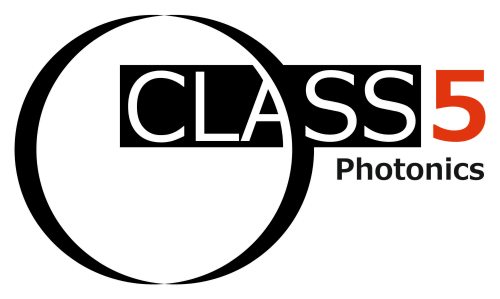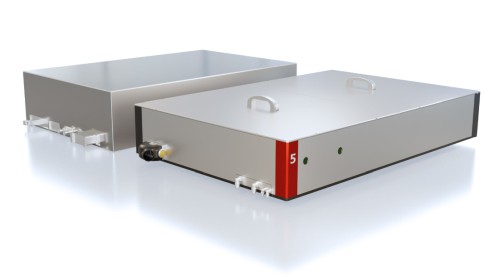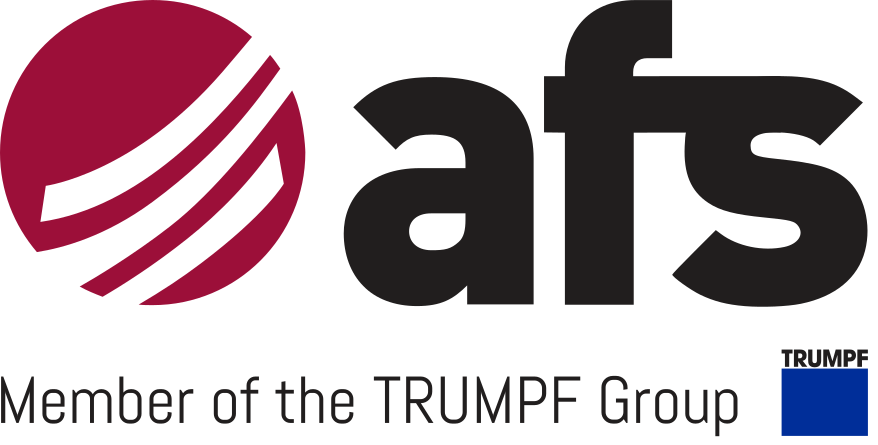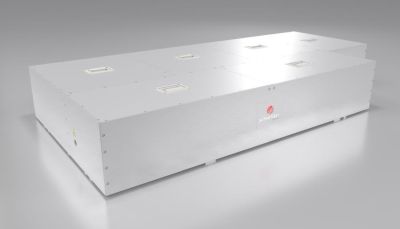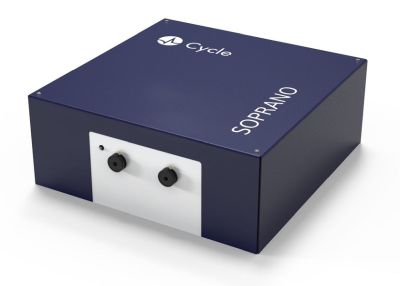Divided-Pulse Amplification (original) (raw)
Posted on 2007-03-11 as part of the Photonics Spotlight (available as e-mail newsletter!)
Permanent link: https://www.rp-photonics.com/spotlight_2007_03_11.html
Author: Dr. Rüdiger Paschotta, RP Photonics AG
Abstract: A new method named divided-pulse amplification has been described which can be used for amplifying ultrashort pulses to high energies while avoiding excessive nonlinear phase shifts. Particularly for longer pulse durations in the picosecond domain, the method appears to have some advantages over the common method of chirped-pulse amplification.

Ref.: S. Zhou, F. Wise and D. G. Ouzounov, "Divided-pulse amplification of ultrashort pulses", Opt. Lett. 32 (7), 871 (2007); encyclopedia articles on divided-pulse amplification and chirped pulse amplification
A common problem associated with the amplification of ultrashort pulses to high pulse energies is that the high peak powers lead to excessive nonlinear phase shifts and thus to spectral broadening and distortion of pulses. By now, the technique of chirped-pulse amplification has become a well-known solution: one dispersively stretches the pulses, amplifies the stretched pulses (having a low peak power), and recompresses them in a dispersive compressor. This technique, which is often used in high-energy femtosecond sources, is unfortunately not convenient for picosecond pulses because these would require impractical amounts of dispersion in the stretcher and compressor.
A new paper (Zhou et al., see above) from the group of Prof. Frank Wise at Cornell presents an alternative technique, named divided-pulse amplification, which appears to be most suitable for the domain of picosecond (or slightly sub-picosecond) pulses. The basic idea is to split pulses by sending them through a sequence of birefringent crystals, then to amplify them, and finally to recombine them in the same crystals or another set of crystals. With ten crystals, one would already achieve a 1024-fold reduction of peak power, thus substantially mitigating nonlinear effects.
This approach indeed looks quite interesting. It is rather versatile, since it does not require very special optical components, nor any sensitive alignment (such as that of a dispersive compressor based on a pair of diffraction gratings). In the picosecond domain, one also does not suffer too much from chromatic dispersion. Particularly in conjunction with fiber amplifiers, the technique could constitute a practical solution of the nonlinear problem when generating millijoule-level pulses with durations of a few picoseconds.
A new article in the Encyclopedia of Laser Physics and Technology explains and discusses the method more in detail.
Suppliers
The RP Photonics Buyer's Guide contains 33 suppliers for ultrafast amplifiers. Among them:
Fluence
Find harmony in four perfectly synchronised and precisely tunable wavelength outputs produced by the Fluence Harmony Optical Parametric Amplifier (OPA).
Fluence Harmony is a device that precisely converts ultrafast pulses of one band (e.g. 1030-nm pulses coming from Fluence Jasper) into a set of pulsed laser beams tunable in an extremely broad spectrum of wavelengths, ranging from 210 nm up to 2600 nm. All automated, all software-controlled.
A growing number of ultrafast spectroscopy techniques has prompted the need for a robust and reliable, self-diagnostic device like Harmony. The optical parametric amplifier is fully compatible with all femtosecond lasers and provides automated tuning across the basic tuning range.
Thorlabs
Thorlabs manufactures erbium (Er) and ytterbium (Yb) fiber amplifiers for ultrafast pulse amplification. Along with these stand-alone benchtop amplifiers, Thorlabs has developed an entire family of femtosecond lasers utilizing oscillator-amplifier architectures.
Class 5 Photonics
Class 5 Photonics delivers ultrafast, high-power laser technology at outstanding performance to advance demanding applications from bio-imaging to ultrafast material science and attosecond science. Our robust optical parametric chirped pulse amplifiers (OPCPA) provide high-power, tunable femtosecond pulses at user-friendly operation.
Features of the White Dwarf OPCPA 5 W:
- compact and user-friendly
- CEP stability available
- pumped by Coherent Monaco industrial femtosecond laser
- high-performance, ultrafast OPCPA
- pump-probe configuration
- pumped by Yb-based laser up to 300 W and 3 mJ
- our award-winning flagship product
- highest average power OPCPA for demanding applications
- pumped by kW-class Yb:YAG Innoslab amplifiers or thin-disk lasers
Active Fiber Systems
AFS’s customized kW average power and multi-mJ pulse energy ultrafast laser systems are based on AFS leading-edge fiber technology. They unite multiple main-amplifier channels using coherent combination, a technology which AFS has matured to an industrial grade. All essential parameters are software-controlled and can be tuned over a wide range, making them an extremely valuable tool for numerous application.
Cycle
Based on Cycle's own femtosecond fiber lasers, the company also offers fiber-based amplifiers (EDFA) with a center wavelength of 1550 nm to 1700 nm. This variant of the SOPRANO-15 is a very attractive solution to amplify the output of beam arrival monitors in synchrotron or FEL facilities, for example. Other custom-made fiber amplifiers are available upon request.
This article is a posting of the Photonics Spotlight, authored by Dr. Rüdiger Paschotta. You may link to this page and cite it, because its location is permanent. See also the RP Photonics Encyclopedia.
Note that you can also receive the articles in the form of a newsletter or with an RSS feed.
Questions and Comments from Users
Here you can submit questions and comments. As far as they get accepted by the author, they will appear above this paragraph together with the author’s answer. The author will decide on acceptance based on certain criteria. Essentially, the issue must be of sufficiently broad interest.
Please do not enter personal data here. (See also our privacy declaration.) If you wish to receive personal feedback or consultancy from the author, please contact him, e.g. via e-mail.
By submitting the information, you give your consent to the potential publication of your inputs on our website according to our rules. (If you later retract your consent, we will delete those inputs.) As your inputs are first reviewed by the author, they may be published with some delay.

